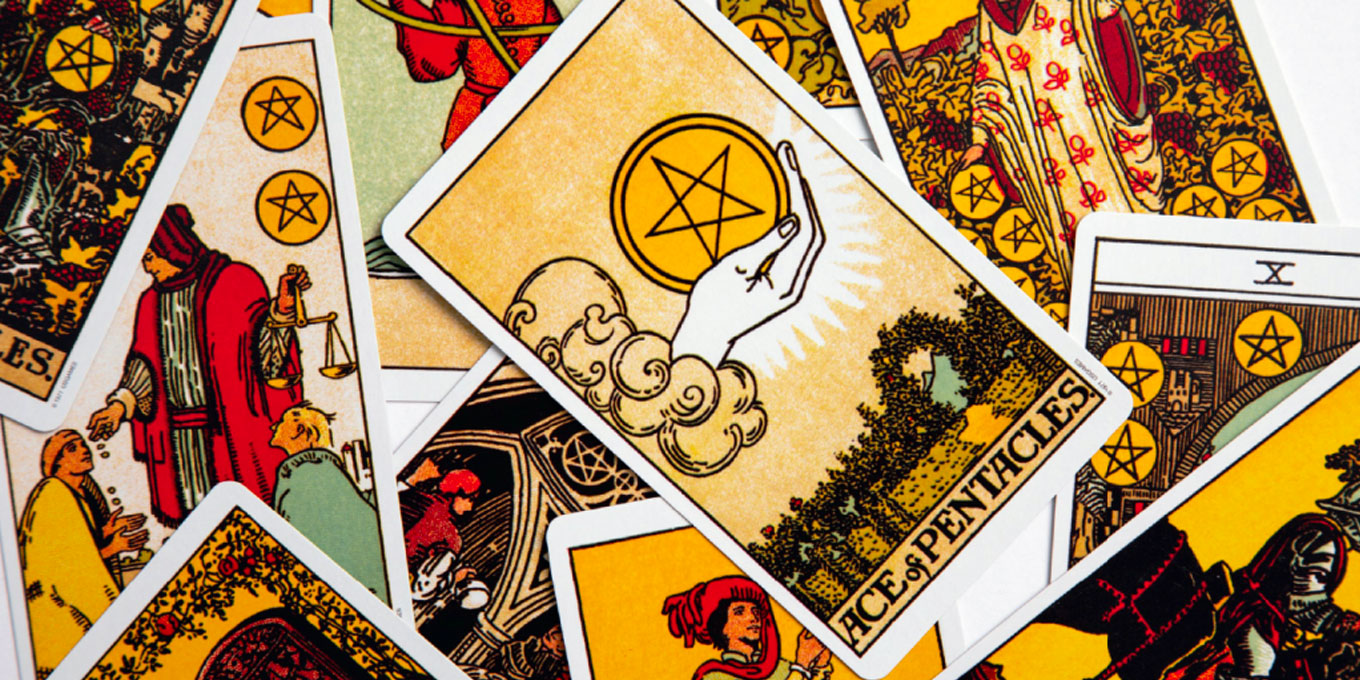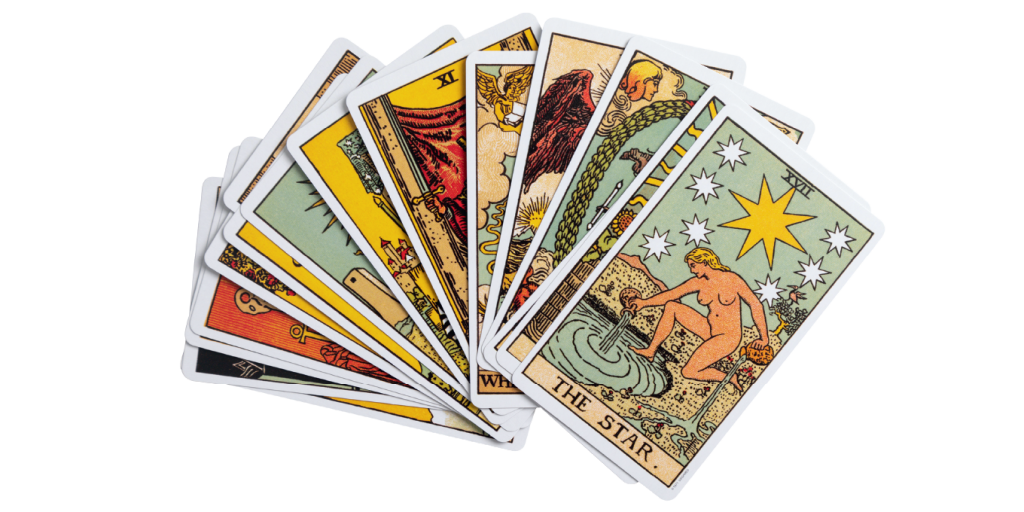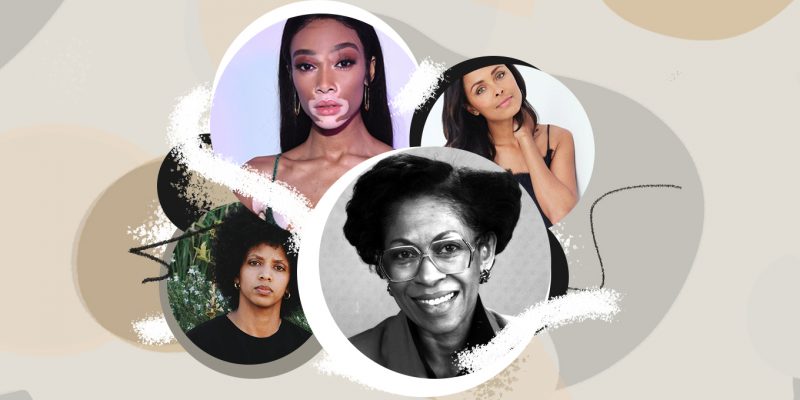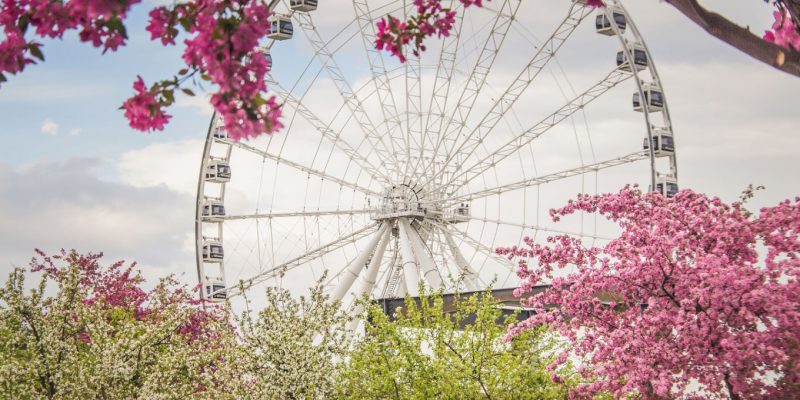Society
Three Tarot Readers Reveal the Secrets of Their Practice
It's a game of cards.
by : Gabrielle Lisa Collard- Feb 9th, 2023

PHOTOGRAPHY, VIVA LUNA STUDIOS/UNSPLASH
My grandmother’s home office which I wasn’t allowed to enter (though I never missed an opportunity to sneak in), smelled of incense and camphor. The small room was filled with dark wooden furniture and shelves that overflowed with strange, fascinating objects—crystal balls, tarot decks, clocks, figurines, old books, talismans and mysterious charms, all of which I wasn’t supposed to touch. Crystals hanging in front of the window filled the room with rainbow beams of light. It was perfect for a nosy little girl like me.
You see, my grandmother was a witch. In the decades leading up to the ’90s, she made her living by drawing tarot cards and reading stars, crystals and tea leaves. She wore colourful dresses, her hands were covered with rings, her skin carried the scent of sandalwood and her clients, many of whom were members of Quebec’s art scene, came from far and wide to benefit from her talents.
Back when the church’s influence was still palpable in the province, tarot was seen as a somewhat taboo practice, at times inspiring fear or mockery. (Who could forget those infamous “$4.99-a-minute” TV infomercials?) My grandmother consciously nurtured the intimidating aura of mystery and magic that surrounded her profession. For her, being a fortune teller meant sharing her supernatural gift with others. This is perhaps what separates her most from modern-day witches who, determined to democratize this ancient practice through platforms like TikTok and Instagram, believe that tarot belongs to everyone and that it’s not just about magic.
A WINDOW INTO THE SELF
“I see tarot as an intuitive tool that is a very clear line of communication to the divine, our guides and our subconscious mind’s subtle energies,” says Chris Corsini (@chriscorsini), one of the most prominent tarologists and astrologers on Instagram, where he has nearly half a million subscribers, and YouTube.
“It’s a great way to get more introspective or to help validate someone else’s feelings and intuitive signals. The beautiful cards are an art form too, always painting a new picture as they work together to describe what’s going on in your life at that moment. It’s incredible to see it happen before your eyes, and the accuracy is crazy!”
All three tarologists I spoke to share the same tarot vision. For them, it’s a way of initiating reflection, stimulating introspection and accessing the wants, needs and thoughts that lie dormant within us, which are often buried beneath our desire to please, our apprehensions and our sense of responsibility. Tarot is a tool that allows us to put the intangible into words.
Vanessa DL (@_vanessadl), who describes herself as a witch and popularizer and teacher of the mystical arts, says that spirituality and the search for meaning have always been part of her life. As a child, she was very lonely, but she was driven by the desire to understand the world and her place in it, so she created her own magical realm. “At first, my interest in magic and its ritual aspect stemmed from the need to feel more in control,” she explains. “Over time, rituals have become a sacred bubble where I feel safe; they allow me to welcome, experience and channel my emotions, transcending them rather than repressing them.” She adds that rituals have always been part of the human experience and it would be wrong to reduce them to mere superstitions. “Rituals, like funerals, have been taken over by organized religion,” she says. “However, they have also been practised in many other ways—individually, collectively, across time and cultures—for the simple reason that they help us deal with our emotions practically. No one questions the need or benefits of the living paying tribute to their dead why, then, would we doubt the relevance of rituals like tarot, through which we manage to better connect with, understand and refocus ourselves?”
FROM THE GROUND UP
“If I hadn’t discovered my spirituality, I don’t think I would be here,” admits witch and astrologer Naomi Loud (@naomi.loud). She wasn’t drawn to the mystical arts as a child but turned to them in her late 20s, when she was going through a difficult time. After she learned the basics of tarot from books and began to practise it, her relationship with the cards gradually changed and deepened. For her, it’s not a gift but, rather, a language.
“The relationship between ourselves and our tarot deck is built over time,” she says. “One book I read on the subject suggests that you spend an hour observing your cards without doing anything except paying attention to how they make you feel. Over time, you develop a two-way relationship with the cards and you come to interpret them more intuitively.” Loud notes that she has regained a sense of control over her destiny through her practice. “I feel more grounded,” she adds. “I feel less like a victim of circumstances and more like a creator of them.” When she draws clients’ tarot cards, the images that come to her often concern childhood wounds and past traumas. She says the cards offer a different window into these events. Part of her approach is to help people discover these wounds so they can begin the healing process. She also says that to fully benefit from a consultation, it’s crucial to choose a tarot reader who essentially acts as a mirror for self-reflection.
For beginner tarologists, Corsini suggests this simple method: “Pull three cards a day: one for your mind, one for your body, one for your spirit. See what unfolds that day; take notes, and then reflect on your card pull at the end of the day [and compare it to] how it all transpired. Trust the process, and, above all, trust yourself and what is coming through. It doesn’t have to make sense. Go with the flow, and don’t overthink it.”
 PHOTOGRAPHY, VIVA LUNA STUDIOS/UNSPLASH
PHOTOGRAPHY, VIVA LUNA STUDIOS/UNSPLASH“The relationship between ourselves and our tarot deck is built over time.”
READER ETHICS
When asked about tarot’s current resurgence, DL warns against people who could try to take advantage of our need for guidance. “Unfortunately, the world of tarot and spirituality is not all roses, and I believe that we must remain vigilant while exploring it,” she says. “Anyone claiming to know what is better for you than you do, claiming the ability to give health diagnoses, asking for payment to undo a so-called curse or imposing a decision upon you, is untrustworthy, in my opinion.”
Tarot is something that is available to everyone, and like the witch figure—that free, rebellious master of her destiny—it is supposed to hand us the keys to our inner kingdom, not hold it hostage. “Tarot and any other tool that falls under the witchcraft umbrella enable us to remove the boundary between ourselves and the sacred,” says DL. “There is always an external authority that stands between us and our spirituality, telling us how to live. The witch, for me, bridges the gap between the divine, the sacred and oneself. My passion is to equip people, to give them direct access to their spirituality, like I have with mine, through whatever rituals they choose. I don’t feel any attachment to the way other people live their spirituality. The witch archetype is the symbol of empowerment, autonomy, resistance and individuality.”
Corsini adds that you also have to know how to recognize life lessons when they come to you. “It’s definitely more widely acceptable to use tarot now than ever before,” he says. “I don’t think I’ll be burned at the stake in this lifetime, so that’s definitely a step in the right direction! The only pitfall now is that there are a lot of people who pretend that they know what they’re doing or hop on the bandwagon. But you can smell them from a mile away, and if you fall for it, apparently there’s a lesson there that you need to learn around false prophets.”
I don’t know what my grandmother would have thought of these modern witches and how they’re democratizing the art of tarot. But given that she was a rebel in her own time, I like to think she would have enjoyed seeing them live their passion out in the open—ignoring comments and raised eyebrows, exploring and being curious. After all, she knew very well I was snooping in her office when her back was turned.
Read more:
Wait, What Does Mercury Being in Retrograde Actually Mean?
We Found Out Exactly What a ‘Rising Sign’ Is in Astrology (in Case You Had No Clue Either)
Your Moon Sign Is the Last Piece of the Astrology Puzzle, So Here’s What It Means
Newsletter
Join our mailing list for the latest and biggest in fashion trends, beauty, culture and celebrity.
Read Next

Beauty
The Best Met Gala Beauty Looks Of All Time
From Taylor Swift's 'Bleachella' era to Rihanna's iconic 2011 braids, meet the best beauty moments in Met Gala history.
by : Katie Withington- Apr 26th, 2024

Culture
Benny Blanco Says He Fell in Love With Selena Gomez Without ‘Even Noticing’ It
Allow Benny Blanco to tell the straight-from-a-rom-com story of how he realized his feelings for his girlfriend and longtime friend.
by : Alyssa Bailey- Apr 26th, 2024

Beauty
Tested and Approved: Your New Hydrating Skincare BFF
This new product has all of your skin’s thirst-quenching needs covered.
by : ELLE Canada- Apr 17th, 2024




